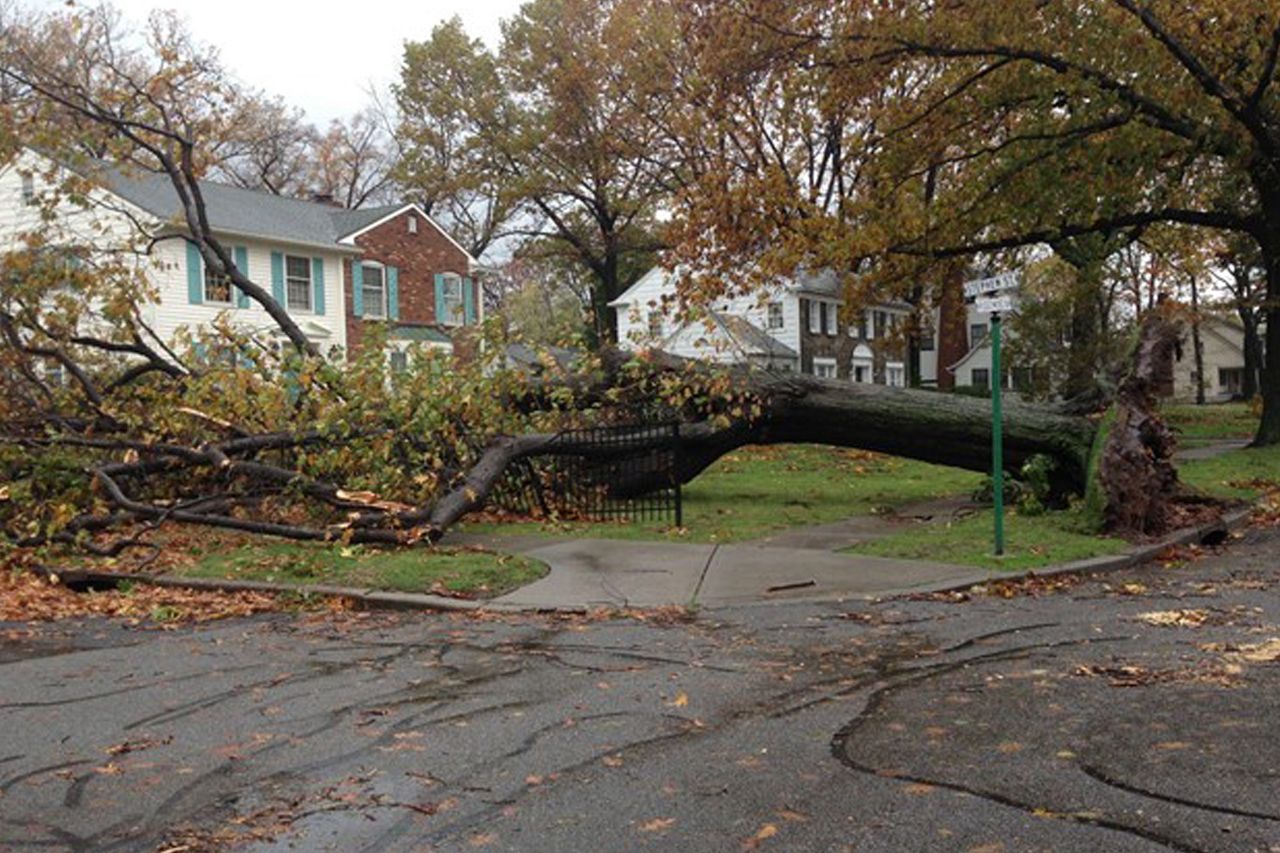1. Refresh Your Knowledge
Before reaching out to your insurance agent, look over your homeowner's insurance policy carefully and re-familiarize yourself with what is and is not covered, including your deductible. Navigating the insurance claims process is easier when you are fully knowledgeable and have appropriate expectations.
2. If a Crime Occurs, Report It
If your home is broken into, something of value is stolen off your porch, or you are the victim of vandalism, or any other criminal activity, report it to the police. Along with the police report, be sure to get all the officers involved in the investigation's names, badge numbers, and contact information, so your insurance adjuster can speak with them if needed.
3. Take Photos and Video
From storm damage to a break-in, taking photos and/or video of the damage will help you with your homeowner claim. It is also best practice to take photos of your home before any storms or damages occur. This may not be possible in all cases, but our Members that live in hurricane-prone areas should take photos before hurricanes to document your home before the storm.
4. Contact Your Insurance Representative
With your policy in hand, and after you have reported any crime, it is time to reach out to your insurance company. Giving them a call is probably your best bet, but if they have a mobile app or online claims reporting portal, you can try that route, too. When you have a representative on the phone, tell them what happened and ask questions like:
- Am I covered in this scenario?
- What about any exclusions?
- What is the timeline for filing a claim?
- What documents will I need to fill out?
- How long will the claims process take?
- When will I hear from the insurance adjuster?
- What do you need from me?
- What is the process for obtaining estimates for property damage repairs?
- What about personal property? (if applicable)
- What is my claims number?
Ask your insurance company if you can record the conversation to review what tasks need to be accomplished at what point.
5. Start Filling out Forms
Each home insurance company has claims forms for policyholders to fill out if they have damage or theft and need to file a claim. There is also a set time period for them to be sent to you — and a specified period by which you will need to have filled them out and sent them back. Fill any forms out as soon as possible, and if you are unsure about what is being asked on any of them, reach out to your rep for clarification.
6. Make a List of Damaged or Lost Items
Start this process early so that by the time you meet with the insurance adjuster, you will have a complete list for them to look over and include in their assessment. As mentioned, photos to identify lost or damaged items may make this process easier.
7. Meet with Your Homeowners Insurance Company Adjuster
After you have made it clear you will file a claim, your insurance company will send an adjuster to your home to interview you and inspect the property or structural damage. Their job is to assess what the insurance company will cover and how much they will pay.
Be sure to prepare appropriately for this visit. Make a list of damaged or missing items. Be sure to have any photos or videos ready. Be prepared to show the adjuster where the accident, damage, or break-in occurred on your property.
8. Save Receipts
As you make minor repairs to keep your home habitable and protect it from further damage and replace lost or damaged items, be sure to save all your receipts. In most cases, even the cost of temporary repairs will qualify for reimbursement.
Sometimes, the damage to a home is so extensive that you will need to relocate. Be sure to save receipts from any hotel or rental stays, and keep track of mileage, as many policies cover the cost of additional living expenses. However, without receipts and documentation, that money cannot be recovered.
9. Stay in Communication with Your Insurance Agent
Throughout the process, and until your claim is approved, stay in communication with your insurance agent. As questions or needs arise, reach out. Filing a home insurance claim is complicated, and the professionals at your insurance company are there to guide you and answer any questions.
10. Receive Payment
As soon as you and your insurance company reach an agreement and all forms are signed, you should receive payment, and the process of replacing every lost or damaged item and paying for the cost of repairs can truly begin.
Are you in need of homeowners insurance? TDECU offers a variety of insurance products for homeowners. Reach out and learn more today.
